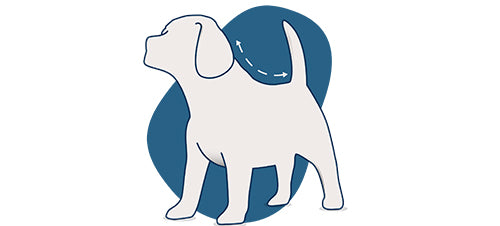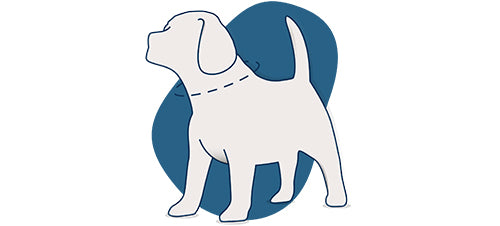Ensuring a peaceful bedtime routine for your furry friend is essential for both you and your dog's well-being. If you're struggling with an overexcited pup that won't settle down at bedtime, fear not!
In this comprehensive guide, we'll explore expert tips on how to get your dog, whether a seasoned pet or a playful puppy, to calm down for bed. With patience, consistency, and the right techniques, you can transform restless nights into serene slumber for you and your four-legged companion.
Establish a Consistent Routine
Dogs thrive on routine. Establishing a regular bedtime routine can help signal to your dog that it's time to wind down. Consistency is key, so try to feed, walk, and go through your evening activities at the same time each night. A predictable routine can create a sense of security, making it easier for your dog to calm down before bed.

Physical Exercise and Mental Stimulation
A tired dog is a calm dog. Make sure your dog gets plenty of physical exercise during the day, whether through vigorous walks, playtime at the park, or fetch sessions in the garden.
Mental stimulation is just as important, so consider puzzle toys, obedience training, or interactive games to tire your dog's mind. We love the Nina Ottson interactive toys, they're great for keeping your dog's brain busy whilst wearing them out.
Create a Relaxing Environment
Make your dog's sleeping area as comfortable as possible. A cosy bed with familiar blankets and toys can provide a sense of security. Consider calming scents like lavender, which can help promote relaxation or a calming diffuser whilst you get your dog into a good sleep pattern. Dim the lights and keep the noise level down to create a serene atmosphere.
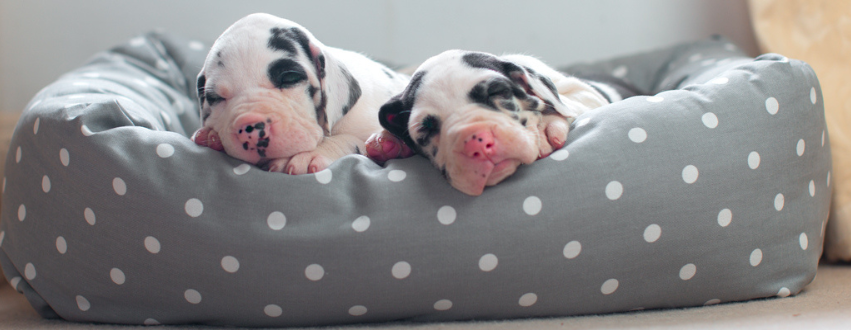
Wind Down with Calm Interactions
In the hour leading up to bedtime, engage in calm interactions with your dog. Avoid giving your dog stimulating treats, play, or attention right before bedtime. Gradually reduce the intensity of activities leading up to bedtime. Petting, gentle massages, and soft-spoken words can help your dog relax.
Limit Food and Water Before Bed
To prevent midnight bathroom trips, avoid feeding your dog a large meal or providing access to water right before bedtime. Gradually decrease food and water intake in the hours leading up to sleep.
Bathroom Breaks
Before bedtime, take your dog out for a bathroom break. Ensure they've had ample time to relieve themselves, reducing the likelihood of interruptions during the night.
Consider Crate Training
If your dog is still having trouble settling down, consider crate training. A crate can create a cosy, den-like space where your dog feels secure. Gradually introduce your dog to the crate and make it a positive experience with treats and comforting items.
Our crate sets are perfect for creating a cosy den. The cushions have a deep hollow fibre filling which is perfect for snuggling up on, the bumper adds a padded wall round the edge of the crate for your dog to rest their head on, and finally the cover blocks out light which will help send your pup to sleep!
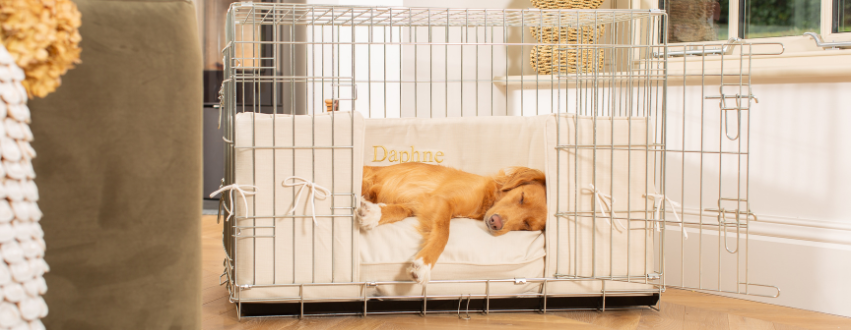
Stay Calm and Patient
Dogs are sensitive to their owner's emotions. Stay calm and patient when helping your dog calm down for bed. Avoid scolding or showing frustration if they are restless. Positive reinforcement and gentle guidance go a long way.
Consult a Professional
If your dog's bedtime restlessness persists despite your best efforts, consult a professional dog trainer or a veterinarian. There may be underlying behavioural or health issues that need to be addressed.
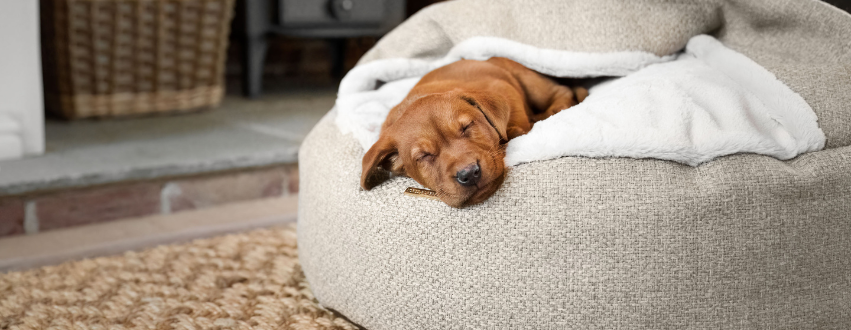
Getting your dog, whether a puppy or an adult, to calm down for bed requires a combination of consistency, patience, and the right techniques. By establishing a bedtime routine, providing physical and mental stimulation, creating a relaxing environment, and using calming interactions, you can help your furry friend enjoy a peaceful night's sleep.
Remember, every dog is unique, so be adaptable and consult a professional if needed to ensure your dog's bedtime routine is as calm and restful as possible. Sweet dreams to both you and your beloved canine companion!

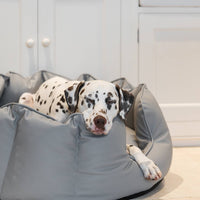
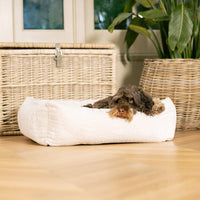
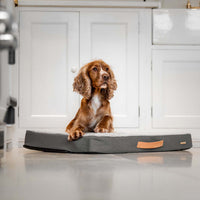
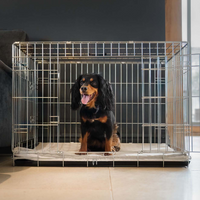
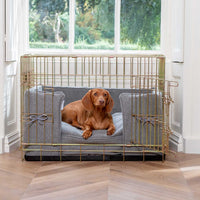
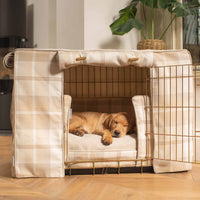

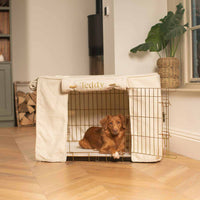
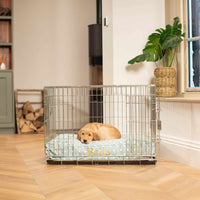
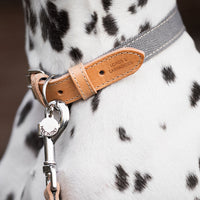

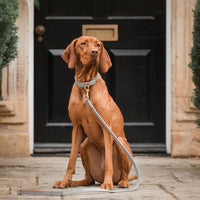
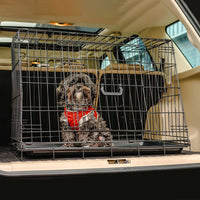
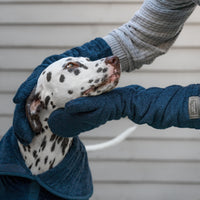
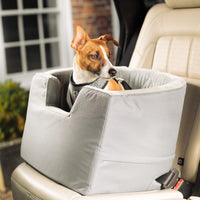
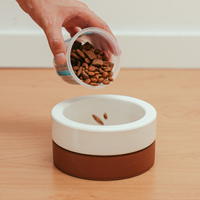
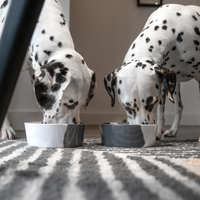
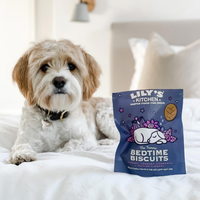
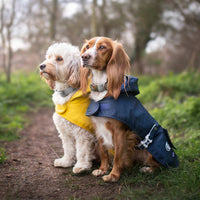

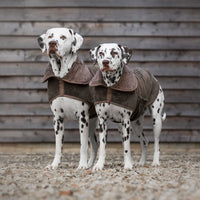
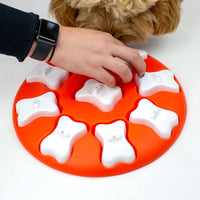

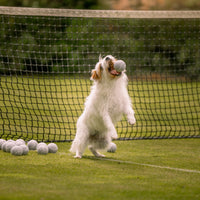
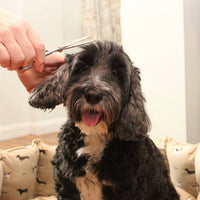


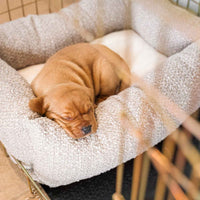
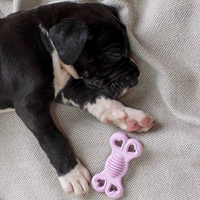
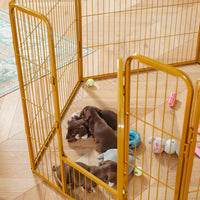



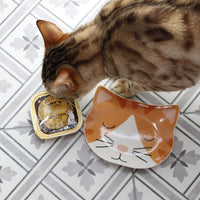
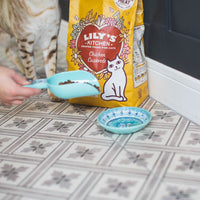
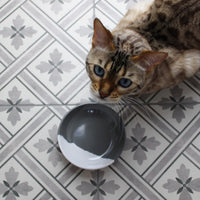
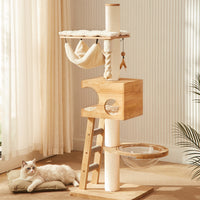


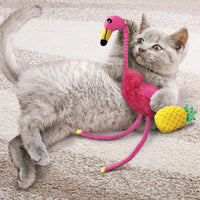

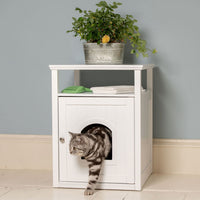
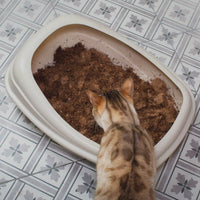
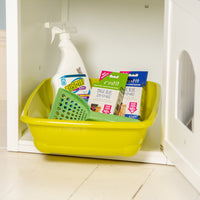
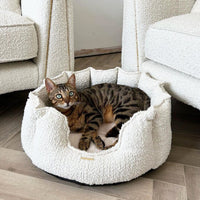
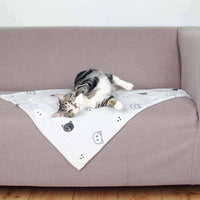
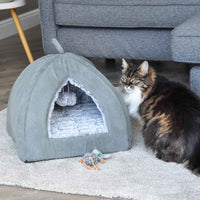



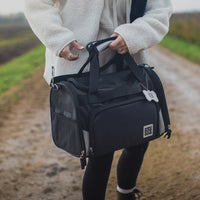




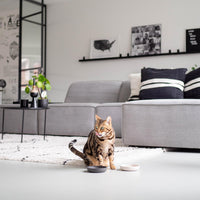
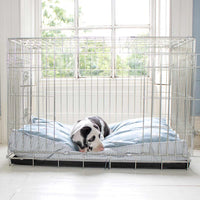
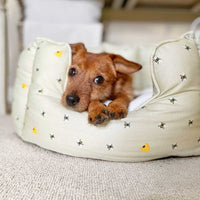
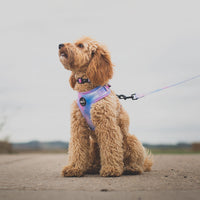
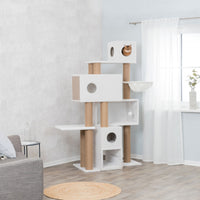





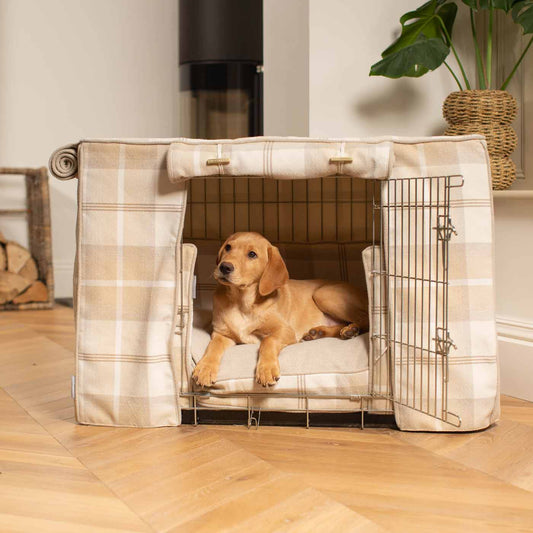

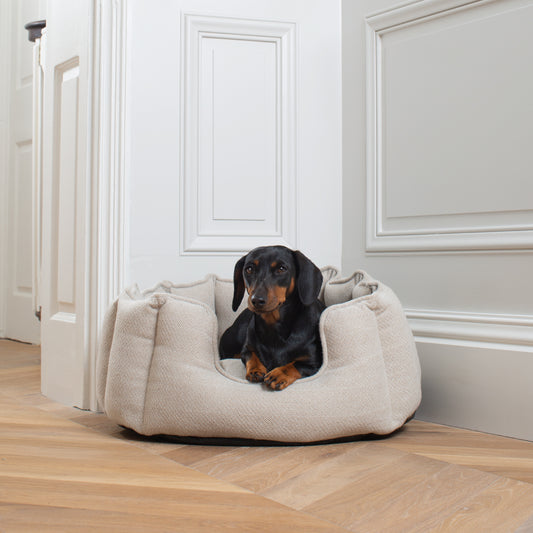



.jpg?v=1723712924433&options=)
























